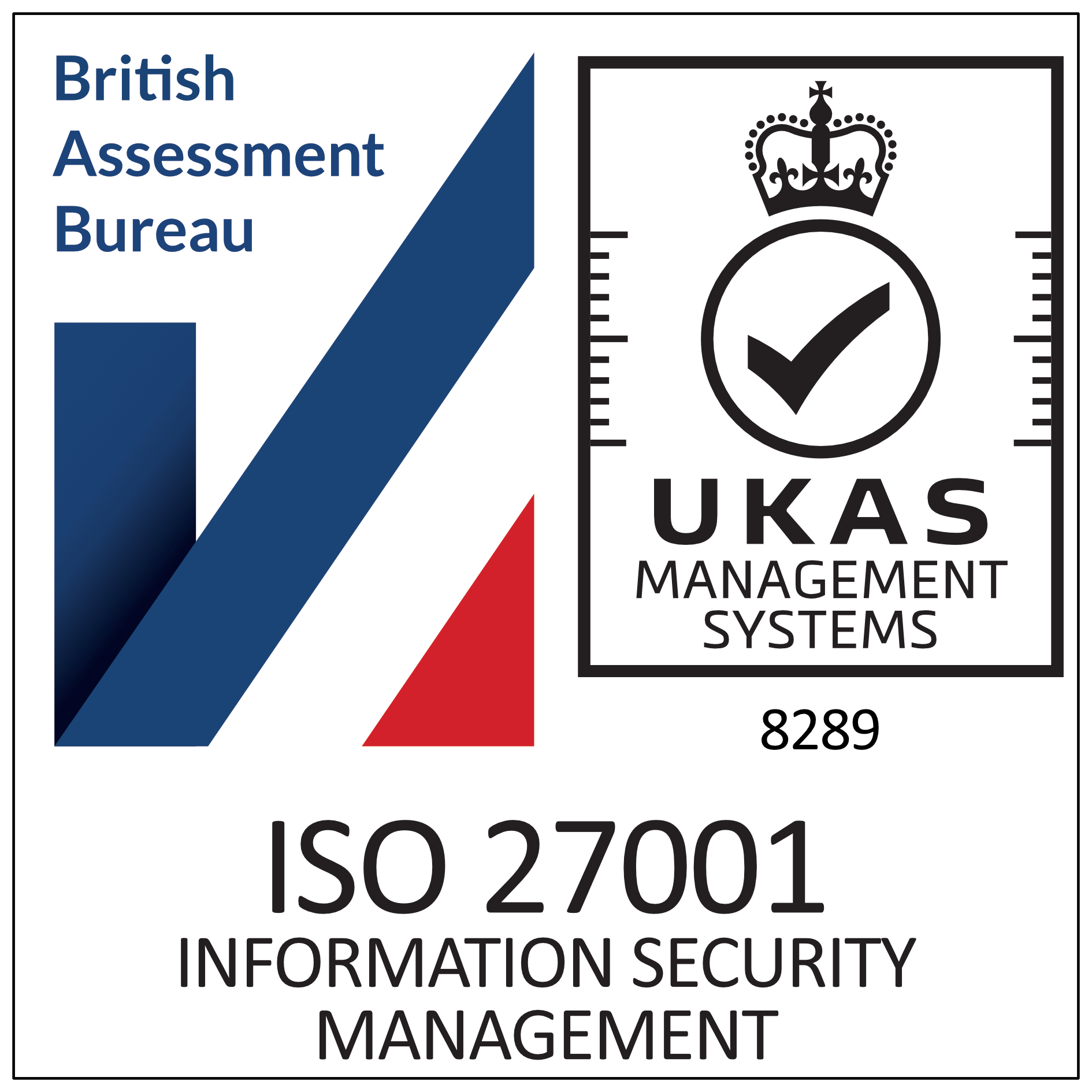Energy Efficiency Improvements
This section provides documents and guidance specifically for use by residential landlords and tenants in relation to energy efficiency improvements under current legislation.
The information and templates here relate to the Tenants’ Energy Efficiency Improvements regime, as set out in Part 2 of The Energy Efficiency (Private Rented Property) (England and Wales) Regulations 2015.
Under these Regulations, residential tenants have the right to request their landlord’s consent to carry out energy efficiency improvements to the rented property. Landlords must not unreasonably refuse consent if the tenant’s request complies with the Regulations.
Tenants must demonstrate that the improvements will be made at no cost to the landlord. They may be financed by green deal funding, provided free of charge by an energy company, funded by a grant or paid for by the tenant (or a combination of the above).
The Guidance Notes on Tenants’ Energy Efficiency Improvements contain detailed information about the regime and should be referred to when using the template documents. There are a range of documents supporting tenant-initiated improvements and template communications for landlords who are either planning or required to undertake energy efficiency works themselves.
Changes To EPC Ratings
Since 1 April 2020 all domestic tenant property must have a Minimum Energy Efficiency rating of at least E. The Government has proposed raising the minimum EPC standard to C by 2028 for all new tenancies (and 2030 for all tenancies). As of 15 June 2025, the methodology used to assess Energy Efficiency Performance Certificates (EPCs) has changed with the introduction of the Reduced Data Standard Assessment Procedure (“RdSAP10”). This update aims to provide a more accurate assessment of the property’s energy efficiency by incorporating:
- Detailed data on insulation and building fabric
- Smart heating controls
- Low-energy lighting, such as LED
- Overall heating system efficiency
A key change is that documentary evidence (e.g. invoices, receipts, or installation certificates) will now be required for any energy improvements claimed. Where such evidence is not available, the improvements may not be reflected in the EPC rating. Landlords should review their property EPC and consider any energy efficiency works that are required.
- Guidance Notes on Tenants’ Energy Efficiency Improvements
- Tenant’s Request for Consent to Energy Efficiency Improvements
- Landlord’s First Letter to Superior Landlord Regarding Energy Efficiency Improvements
- Landlord’s Letter to Superior Landlord Enclosing Counter Proposal
- Landlord’s Letter to Superior Landlord Enclosing Full Response
- Landlord’s Initial Response Letter Regarding Energy Efficiency Improvements
- Landlord’s Full Response Letter Regarding Energy Efficiency Improvements
- Landlord’s Counter Proposal for Energy Efficiency Improvements
- Tenant’s Response to Counter Proposal for Energy Efficiency Improvements
- Letter to Residential Tenant Requesting Access for Energy Assessment
- Letter to Head Landlord for Consent to Carry Out Energy Improvement Works and Request to Notify Insurer of Works
- Letter to head landlord to request notification to insurer of works (consent to works not required)
- Letter to lender for consent to carry out energy improvements
- Letter to residential tenant with copy of updated EPC
- Letter to residential tenant requesting access to carry out energy efficiency improvement works
Energy Efficiency Improvements is part of Property. Just £38.50 + VAT provides unlimited downloads from Property for 1 year.


